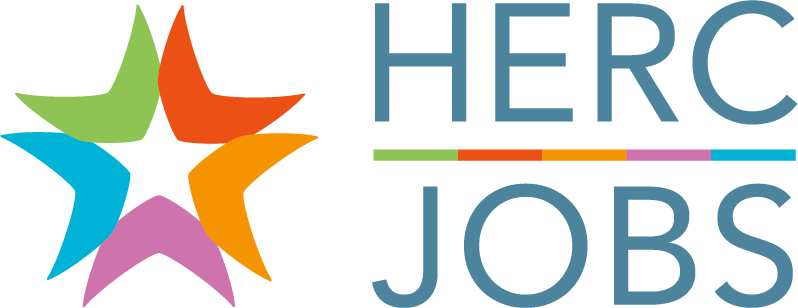Grow Your Career Where You Are

A November 2021 survey commissioned by BestColleges.com found that 28% of respondents either left their previous employer or changed roles in 2021. An additional 38% of respondents plan to change roles and/or employers in 2022. On campus, about 660,000 employees have left since the pandemic began, primarily through layoffs and voluntary departures. While about one-third of these jobs were recovered in the spring of 2021, many former higher ed employees are starting their own businesses or transitioning to education-technology companies.
The force that has kept campus positions full until recently is the dedication of higher ed staff to the greater mission of higher education. According to qualitative interviews conducted by The Chronicle of Higher Education, “Many staff members stayed in their jobs despite the heavy workload, low pay, and rare opportunities for advancement. Some saw their work as intrinsic to their identities.” Commenting on career advancement opportunities, one interviewee remarked, “I don’t use the term glass ceiling. It’s a cinder block.”
This lack of internal advancement for anyone who isn’t tenure-track faculty means that advancing in an institutional role (and boosting your salary) generally requires getting a job at a different institution or leaving academia. There are several reasons, however, that you might not be interested in leaving your current institution, and that doesn’t mean your career has to stagnate.
Before joining millions of others in the Great Resignation, here are two things that higher ed job seekers need to know if they want to advance within their current institution: (i) there are two ways to further your career without moving to another institution and (ii) how and where you find internal advancement opportunities is institution-specific.
Get to Know Job Redesign and Horizontal Career Paths
There are two nontraditional methods of career advancement that might work at your academic institution: job redesign and horizontal career paths.
A job redesign can involve job enlargement and/or job enrichment. Job enlargement is the process of adding variation and scope to the standard duties of your job. It’s common for additional responsibilities to slowly creep into your to-do list. By embracing this unintentional job enlargement, you can take control of the situation and use it to your advantage. Keep track of the new responsibilities as well as any additional training and/or skills that were required. Next, identify ways to further enrich your job. That is, how can you increase the depth of your job by taking more control of new tasks through planning and organization. Comparing your original position with the new role that you are (now intentionally) moving into, along with the new skills and expertise required, may convince supervisors to redesign/reclassify your position and, hopefully, include a pay raise.
Horizontal career paths (aka career lattices) were introduced in the mid-to-late 1990s to encourage lateral employee movement. Horizontal movement allows you to challenge yourself with new tasks and find new ways of furthering the mission of education that may bind you to higher ed. Moving within the institution also means that they get to keep an employee (you!) who is a known performer. While academic institutions don’t generally seem to have this structure in place, you can facilitate this transition for yourself by applying to open positions as an internal applicant.
Find Out How Your Institution Supports Internal Career Advancement
Unfortunately, since each institution has its own organizational structure and internal jargon, there isn’t one way to identify opportunities for internal career advancement at academic institutions. For instance, internal career advancement might be discussed as internal hiring paths or promotional paths.
To get started decoding your institution, look for an internal staffing structure. This structure should divide the institutional positions in families according to the type of work (e.g., Admin, Alumni Affairs, Facilities), then further break down into generic job profiles and progression, where available. The staffing structure should provide an overview of the tasks and complexity involved in each position and help you see how your responsibilities might change in a different family and/or position.
Each position may also have a staff position description that more specifically describes each position on campus and how it aligns with the needs of the work-family and larger institution. These position descriptions should also clearly outline what success looks like for each position. If you are interested in pursuing job redesign, this position description can help your case for job reclassification. If this is the case, you should also see if your institution has a process in place to pursue job reclassification.
If you’re having difficulty finding and/or understanding your organization’s structure, Human Resources should be able to facilitate access to these, or similar documents, and clarify most questions.
Check out more Top Articles on HERC Jobs.
About the Author: Dr. Ada Hagan is a microbiologist with a passion for making science accessible. In 2019, Dr. Hagan founded Alliance SciComm & Consulting, LLC as a means to use her strong background in communications and higher education to help make scientific concepts more easily understood and make the academy more inclusive to future scientists from all backgrounds. Her writing and research have been featured by BBC Radio 4, Science Careers, The Scientist, Massive Science, and the American Society for Microbiology.
